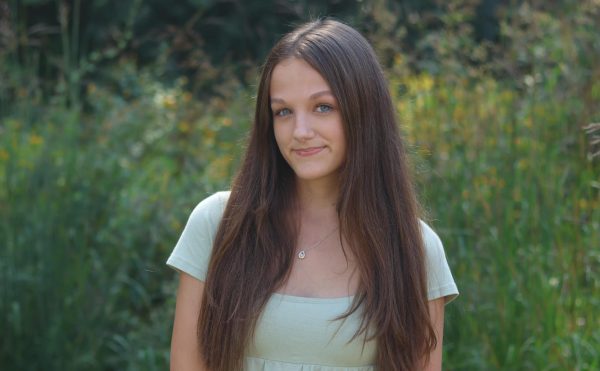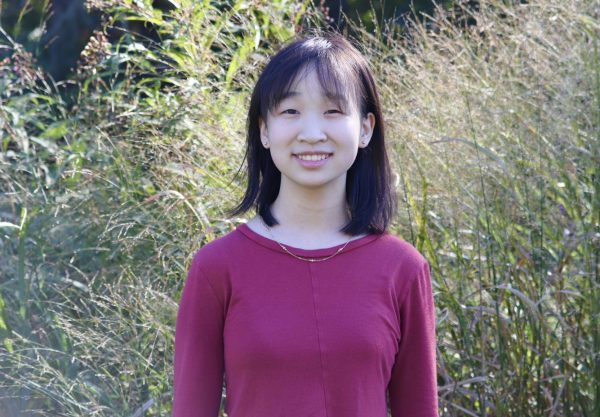WHS required history courses change
Credit: Alyssa Ao
The Wayland High School history department changes the sophomore and junior required history courses. ““I think that [the change in courses] will make [students] more aware of [their] role in American society, and allows them to pursue more stories and multicultural perspectives,” WHS history teacher Katherine Bassen said.
October 13, 2022
Before the 2022-2023 school year, the Wayland High School history department announced a change in required history courses. As of this year, freshman year history will remain as Modern World History. Sophomore year history, however, will switch from Old World New World to United States History I. Junior year history will switch to United States History II.
The change in courses was made because the material covered in the old sophomore year course, Old World New World, covered a range of topics that were too far spread out. The WHS history department found that the information covered in the first half of the year, European history, was not as necessary for students’ high school learning as the information covered in the second half of the year, United States History, was.
“Teachers felt that it was confusing for students to go from the Cold War [and European History in the first semester] to American Indians from the 1600s [in the second semester],” history department head David Schmirer said. “We made the decision that [the sophomore year history] course really needed to be adapted so that it would work better for both the teachers and the kids.”
Because of the vast amount of material the Old World New World history course covered, jumping from topic to topic was confusing to some students. Some felt that the class would be much more impactful and memorable if the teachers focused deeply on select topics instead of covering a variety of topics in a short span of time.
“The way [teachers] teach subjects has an incredible influence on how people perceive the world and understand history,” junior Lilith Altreuter said. “[Focusing deeply on topics] helps you understand the culture and how that has shaped today.”
The change in courses will allow sophomore year history teachers to thoroughly review select events that the history department has not been able to before, and the curriculum will focus more specifically on important events and topics.
“[The class change will] allow teachers, especially junior year history teachers, the ability to go much more into depth on issues that students are really interested in,” Schmirer said. “It’s very difficult for us history teachers to kind of teach students content efficiently, and I think [the class change] will give students more opportunities to consider their history as Americans more deeply.”
Since the beginning of the 2021-2022 school year, the WHS history department has wanted to change the sophomore year history course. Now, history teachers are navigating how to effectively spread out material to teach students a more in-depth picture of United States history.
“We were all excited to take on a new curriculum and new ways of doing things because one of the reasons we chose to be teachers is because we like learning and challenging ourselves,” history teacher Katherine Bassen said. “Collectively as a department, we are all super on board [with the class change], and we’re all excited to work together to meet these new challenges.”
With more time to focus on United States history, many WHS history teachers will now be prioritizing teaching students about how their personal identity fits into United States history.
“I think that [the change in courses] will make [students] more aware of [their] role in American society, and allows [students] to pursue more stories and multicultural perspectives,” Bassen said. “[This] is really difficult when [teachers] are trying to teach students how to write, organize ideas and teach students how to be good students in the world, so I think that two years of US history does prepare [students] to see where they fit into [society] as they get older.”
Above all, Schmirer and many members of the history department believe that the change in courses will be an opportunity to give representation to WHS students who come from different cultural backgrounds.
“We have a growing diverse group of students at WHS who want to make sure that their cultural and familial history is evolving into what has typically been a white male history course,” Schmirer said. “We really felt that this [change in courses] would allow different voices that we would like to bring into the course be represented.”
The WHS history department is working hard to ensure that the change in history courses transitions smoothly and will be beneficial to students. Several teachers hope that students will have a more personal connection to the material they are learning to understand the impact of history, while not only learning the traditional, white centric side of history.
“We always talk about putting ourselves in other people’s shoes, and it’s something that is easy to say and hard to do,” Schmirer said. “But teachers here need to remember that the history that we’ve typically learned has often been reflected in us. White individuals are seeing people and stories that match [their] experiences, and I think [students] do lose out and have a warped version of what happened and what was historically significant if [they’re] only getting that one story.”

























![The Wayland High School history department changes the sophomore and junior required history courses. "“I think that [the change in courses] will make [students] more aware of [their] role in American society, and allows them to pursue more stories and multicultural perspectives,” WHS history teacher Katherine Bassen said.](https://waylandstudentpress.com/wp-content/uploads/2022/10/Untitled-design-2-900x600.png)

